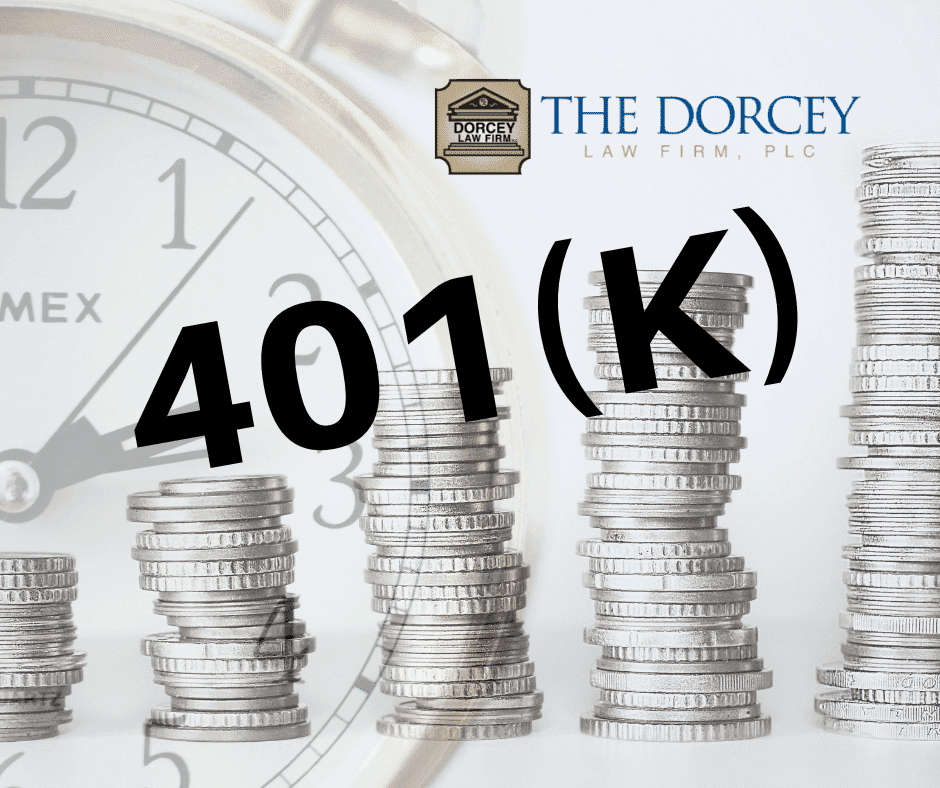There is no such thing as a free lunch, except for those who are Lucky Enough to Work for a Company That Matches 401 (k) Contributions? This is the closest to free money you’ll ever get.
 If you’re fortunate enough to work for a company that has a matching plan, congratulations–not everyone does! A matching plan means that the company you work for contributes a certain amount of money to your retirement savings plan. How much it contributes will depend on the 401(k) plan, how much you contribute to your 401(k) and how generous your company is. Many will match a percentage of employee contributions, with a cap on a portion of the total salary, while others match up to a certain dollar amount, regardless of the salary.
If you’re fortunate enough to work for a company that has a matching plan, congratulations–not everyone does! A matching plan means that the company you work for contributes a certain amount of money to your retirement savings plan. How much it contributes will depend on the 401(k) plan, how much you contribute to your 401(k) and how generous your company is. Many will match a percentage of employee contributions, with a cap on a portion of the total salary, while others match up to a certain dollar amount, regardless of the salary.
Investopedia published an article, “How 401 (k) Matching Works,” that explains the mysteries of employer match contributions.
The specific terms of 401(k) plans vary considerably. Other than the requirement to adhere to certain required contribution limits and withdrawal regulations of the Employee Retirement Income Security Act (ERISA), the sponsoring employer decides on the specific terms of each 401 (k) plan. Whatever the match amount, it’s free money added to your retirement savings.
Employers typically match employee contributions, up to a percentage of annual income. However, this limit may be imposed in one of a few different ways. You employer may elect to match 100% of your contributions, up to a percentage of your total compensation, or to match a percentage of contributions up to the limit. Although the total limit on employer contributions remains the same, the second situation requires you to contribute more to your plan to get the maximum match possible.
Some companies match up to a certain dollar amount, regardless of income. This limits their liability to highly compensated employees.
A partial matching scheme with an upper limit is common. If your employer matches 50% of your contributions that equal up to 6% of your annual salary, and you earn $60,000, the contributions equal to 6% of your salary, or $3,600, are eligible for matching. However, your employer only matches 50%, so the total matching benefit is capped at $1,800. Under this formula, you must contribute twice as much to your retirement to reap the full benefit of employer matching. However, if your employer matches a certain dollar amount, you have to contribute that amount to maximize benefits, regardless of what percentage of your annual income it may represent.
All deferrals are subject to an annual contribution limit dictated by the IRS. For employers in 2019, the total contributions to all 401(k) accounts held by the same employee (regardless of current employment status) is $56,000, or 100% of compensation, whichever is less. However, elective salary deferrals made by employees are limited to $19,000. Thus, an employee can contribute up to the annual salary deferral limit to their 401(k) each year, and an employer may contribute up to the IRS annual limit via match or additional compensation. The sum your employer matches doesn’t count toward your annual salary deferral limit.
The IRS also allows those over age 50 to make additional “catch-up” contributions to motivate employees close to retirement to ramp up their savings. For 2019, the annual catch-up contribution limit is $6,000.
In addition to understanding your company’s 401(k) plan, you’ll also want to get up to speed about the vesting schedule of your plan. This dictates the degree of ownership you have in employer contributions, based on how many years you have worked at the company. Note that regardless of the matching plan, you could lose some or all of these matches, if you stop working at the company—whether it’s because you left or were terminated–before a certain amount of time has goes by. In most cases, it takes five years to be fully vested. At that point, any contributions you make to your retirement are 100% vested and they’re all yours, no matter what happens.
Reference: Investopedia (February 4, 2019) “How 401(k) Matching Works”
